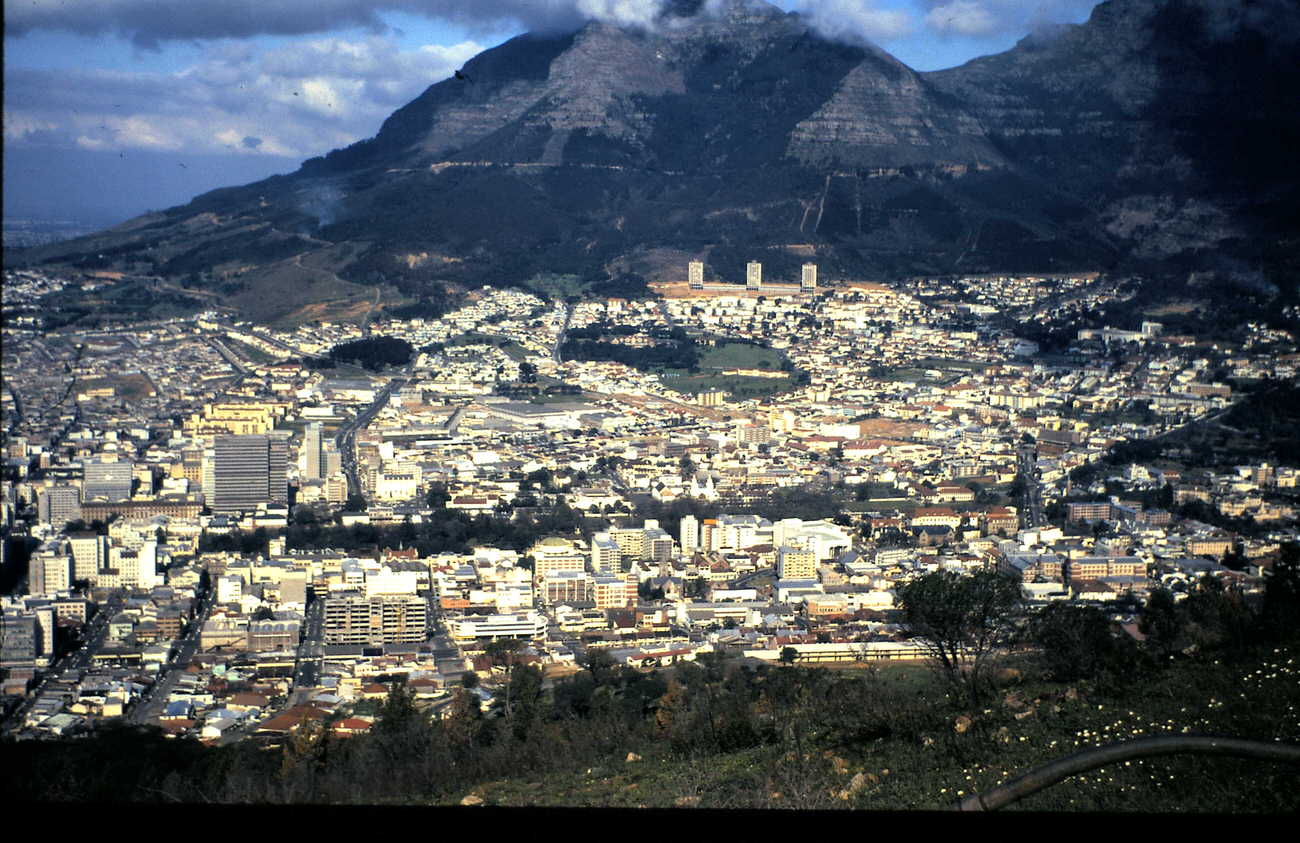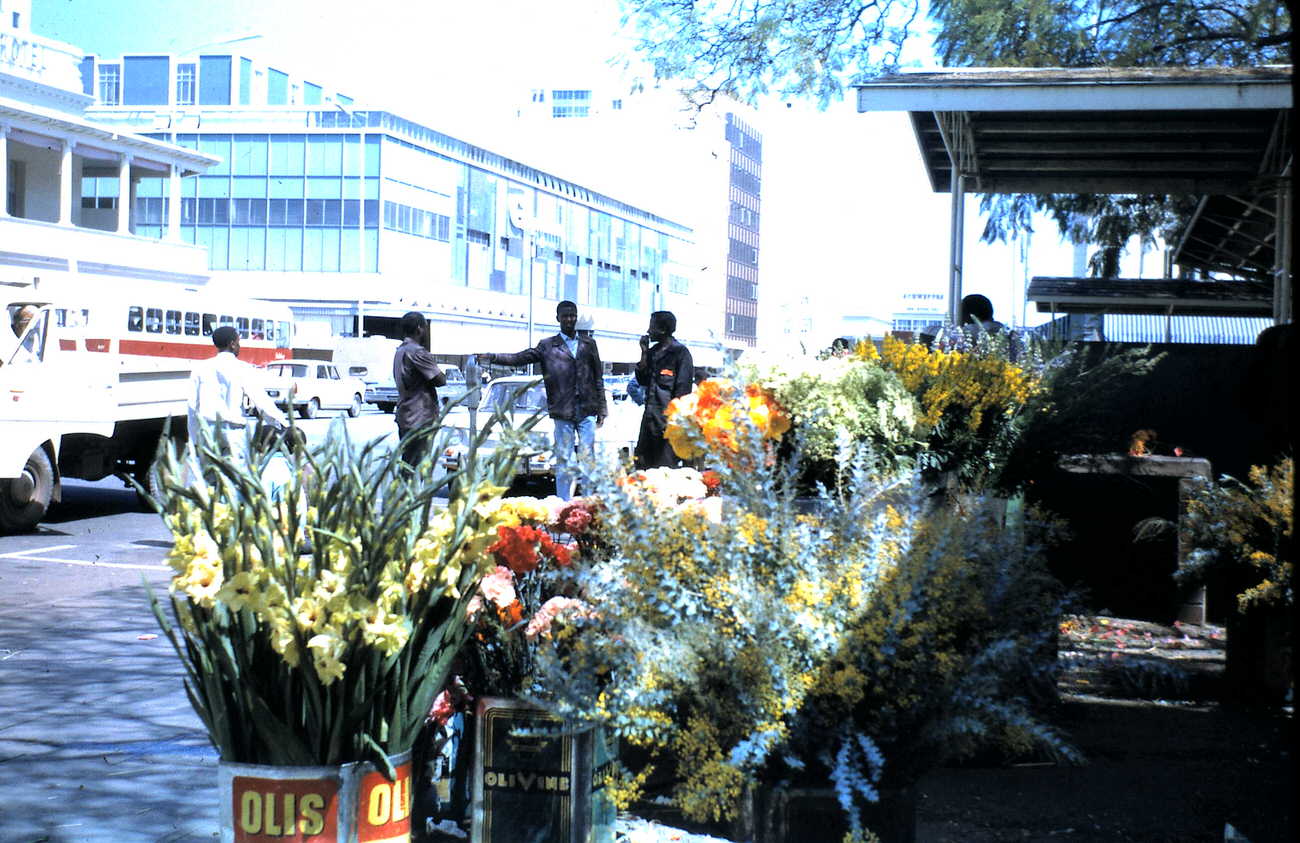In August 1970, Allan Hailstone, a curious traveler from Coventry, England, embarked on a journey that would take him across the diverse landscapes and cultures of Africa. His destination: Cape Town, South Africa. However, the path to get there was far from straightforward, leading him through Cairo, Nairobi, Pretoria, Johannesburg, and even the politically charged Rhodesia (now Zimbabwe).
A Bird’s Eye View of History
One of Hailstone’s most striking photographs captures a breathtaking aerial view of the Pyramids of Giza as his flight descended into Egypt. This snapshot not only showcases the timeless wonder of these ancient monuments but also hints at the rich history and cultural tapestry that awaited him throughout his African adventure.
Rhodesia, a self-declared republic in 1970, presented a unique chapter in Hailstone’s journey. The country’s political landscape was complex, with racial tensions and international sanctions casting a shadow over its future. Hailstone’s photographs offer a glimpse into this turbulent period, capturing street scenes and daily life in a nation grappling with its identity.
Continuing his journey south, Hailstone encountered the harsh realities of apartheid South Africa. The systematic discrimination and segregation faced by the black majority were evident in everyday life, from separate facilities to restricted movement.
Despite the pervasive inequalities, Hailstone’s travels also included moments of luxury and comfort. In Johannesburg, he stayed at a lavish hotel where a suite of rooms cost a mere £5 per night, a stark reminder of the economic disparities prevalent in the region.





















